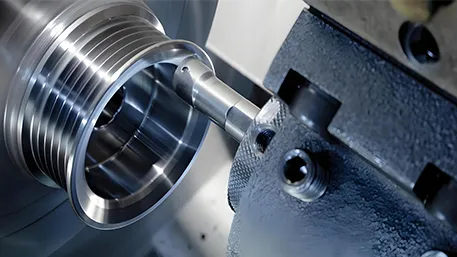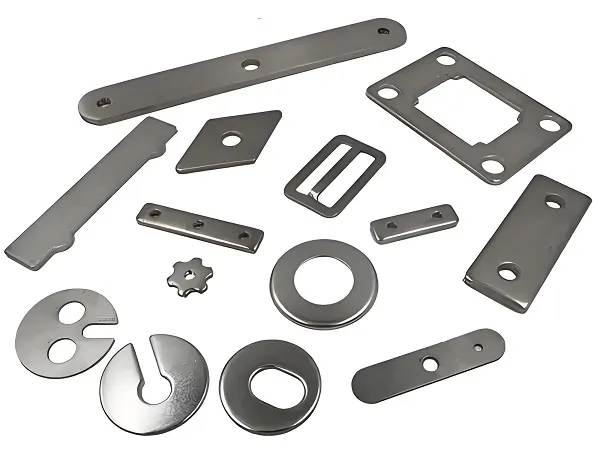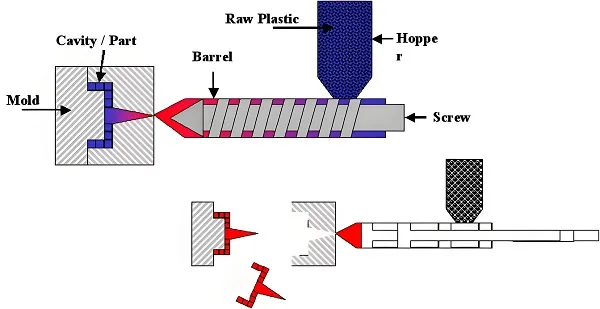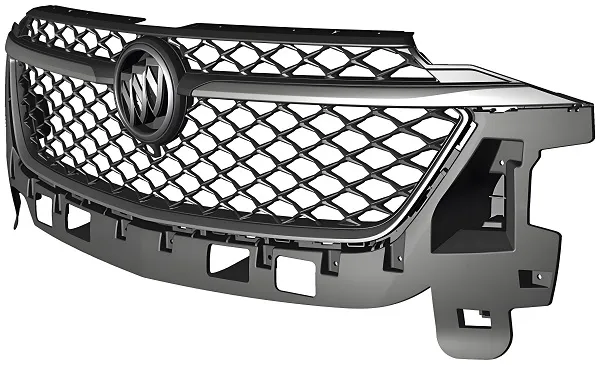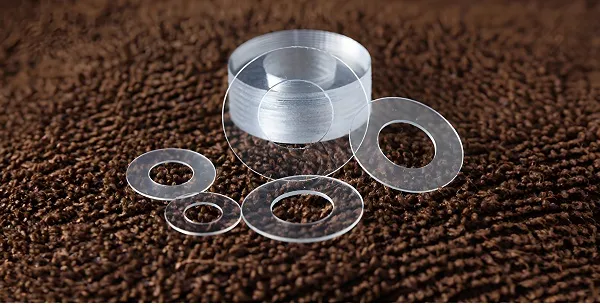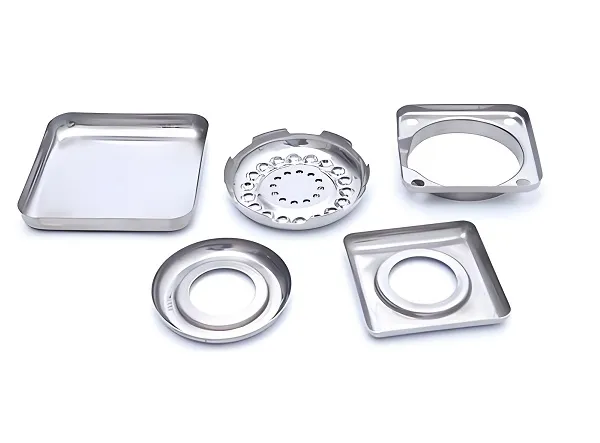Metal stamping die is an indispensable and important tool in modern manufacturing industry, which is widely used in many fields such as automobile, home appliance, electronics, aerospace and so on, and it has a direct impact on the quality and production efficiency of products. The following is a detailed introduction to metal stamping mold:
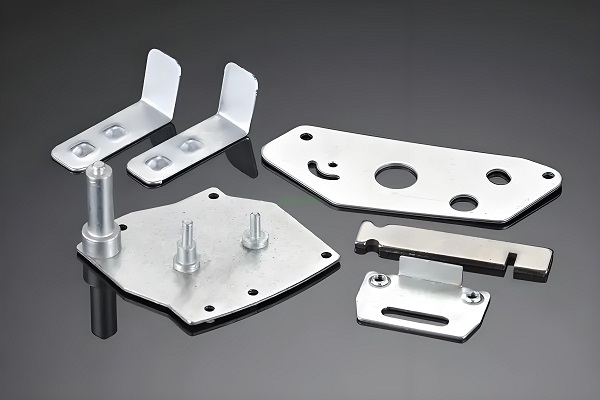
1. Technical principle of metal stamping mold
Metal stamping die is a key tool in the cold stamping process, which processes the metal material through the mold on the press in order to make the required parts. Its basic principle is to place the metal sheet between the molds, and through the mutual closure of the upper and lower molds, the mechanical force is used to perform stamping, stretching, bending and other deformation operations on the metal, and finally get the desired shape of the product. In this process, the design and manufacturing accuracy of the mold directly determines the product quality and production efficiency.
2.Customized metal stamping die products
The customization of metal stamping die products is to design and manufacture dies of specific shapes and specifications according to customers’ demands. The customization process usually includes the following steps:
Demand analysis: Communicate with customers to clarify the shape, size, material, quantity and other requirements of the product.
Design and Drawing: Design the mold according to the requirements and draw detailed drawings, including mold structure, size, material, etc.
Material Procurement: According to the design requirements, purchase suitable mold materials, such as high hardness tool steel, alloy steel, etc.
Processing and Manufacturing: Process the materials into various parts of the mold through precision machining, heat treatment, surface treatment and other processes.
Assembling and debugging: assembling the parts of the mold and debugging to ensure that the mold can work properly and produce qualified products.
Delivery and acceptance: Deliver the mold to the customer, and carry out on-site installation, debugging and acceptance to ensure customer satisfaction.
3.Introduction of metal stamping mold materials
The material selection of metal stamping die is crucial, which directly affects the service life, performance and manufacturing difficulty of the die. The following are several common mold materials and their characteristics:
3.1 High-carbon, high-chromium tool steel (such as Cr12MoV)
Characteristics: high hardness, high strength, good wear resistance and thermal stability, is one of the most widely used mold materials.
Application: suitable for the manufacture of stamping dies requiring high wear resistance and high hardness.
3.2 High speed steel
Characteristics: high hardness, high wear resistance, high red hardness (the ability to maintain hardness at high temperatures), suitable for high-speed cutting.
Application: Suitable for the manufacture of molds requiring high-speed stamping.
3.3 Carbide
Characteristics: extremely high hardness and wear resistance, but poor toughness, processing difficulty.
Application: suitable for occasions with very high requirements for product precision and quality.
3.4 Alloy tool steel
Characteristics: good overall performance, moderate hardness, wear resistance and toughness.
Application: widely used in the manufacture of various stamping molds.
4. Metal stamping mold product characteristics
Metal stamping die has the following significant product characteristics:
High precision: stamping molds can produce high-precision parts, usually the precision can reach 0.05 mm or less.
Long life: made of high strength and high hardness materials, after fine heat treatment and surface treatment, the mold has a long service life.
High efficiency: able to quickly complete the processing of large quantities of parts, high production efficiency, suitable for mass production.
Strong flexibility: can be designed and manufactured according to different parts requirements, with high flexibility.
Low cost: Although the mold itself costs more, the cost of individual parts is lower in mass production, which is conducive to reducing production costs.
Metal Stamping Mold FAQ
Q1: What is the main use of metal stamping die?
A1:Metal stamping dies are mainly used in cold stamping process to process metal materials through the dies in order to make parts of various shapes and specifications, which are widely used in automobile, home appliances, electronic products and other industries.
Q2:How to choose the right material for metal stamping dies?
A2: Choosing the right metal stamping die material needs to consider the product usage requirements, production batch, cost and other factors. Generally speaking, high-carbon and high-chromium tool steel (e.g. Cr12MoV) is one of the most widely used mold materials, suitable for most stamping die manufacturing.
Q3:What factors affect the life of metal stamping dies?
A3:The life of metal stamping dies is affected by many factors, including the selection of die materials, the reasonableness of the die design, the precision of the die manufacturing, and the maintenance in the use process. Reasonable mold design and manufacturing, correct use and maintenance can significantly improve the life of the mold.
Q4:How long is the customized cycle of metal stamping die?
A4:The customization cycle of metal stamping dies varies according to the complexity of products, production scale, production capacity of manufacturers and other factors. Generally speaking, the customization cycle for a simple die may take only a few weeks, while a complex die may take months or even longer.

